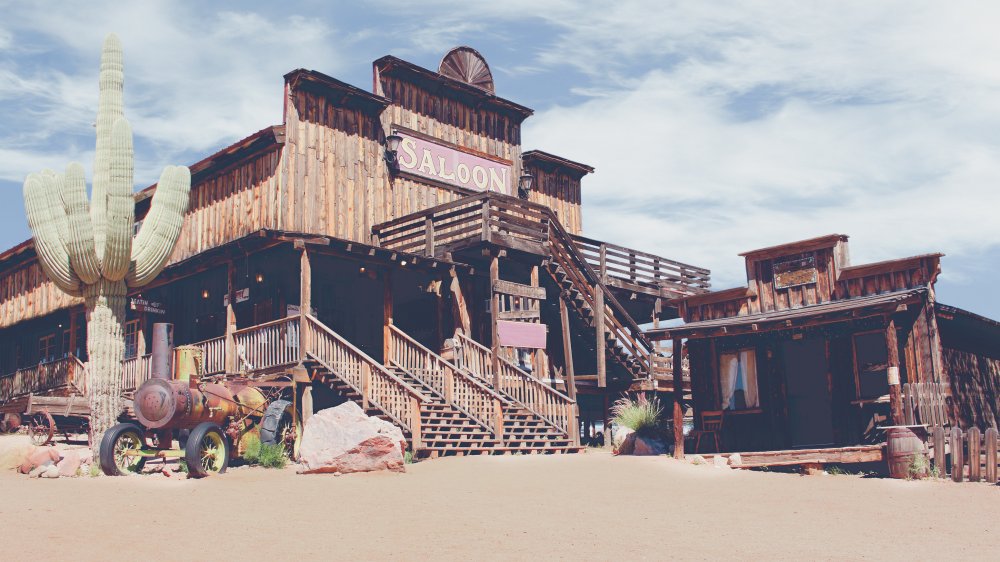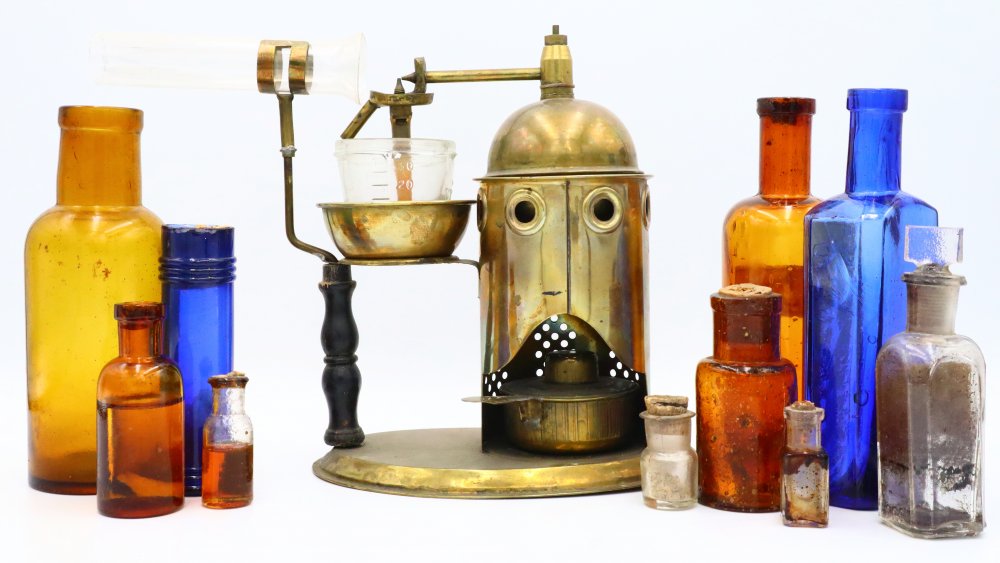What Medical Treatment Was Really Like In The Wild West
In the early days of US colonization of the American west things were notoriously rough and tumble. We remember it as a time of lawless gun fights, beleaguered wagon trains, and war between the region's indigenous inhabitants and their very unneighborly new neighbors. Strong conviction was a necessary trait for dealing with the difficulties of life on the frontier, especially when it came to the often stomach churning prospects of medical treatment in the wild.
If you were a homesteader with a broken bone or mysterious stomach ache you might find yourself waiting for hours, or even days, for the closest doctor to reach you. At that time medical professionals were accustomed to traveling long distances over harsh terrain to treat their patients. One of the many female physicians that came west, Bethenia Owens-Adair, wrote of her experiences practicing medicine in 19th century Oregon: "I was often compelled to go on foot, through trails so overhung with dense undergrowth, and obstructed with logs and roots, that a horse and rider could not get past."
If waiting in pain sounds awful, consider that things often got worse once the doctor finally arrived and began their gruesome treatments.
Unhappy patients
Bleeding, popping, burning, and exposure to extreme temperatures may sound like tortures from one of the Saw movies, but back then that's what you could expect when the doctor paid you a visit. There were many trained physicians in the west, but the need for medical professionals was greater than what universities at the time were providing. As George Groh writes in American Heritage "Until the 1860's—and in some sections long afterward—a frontier doctor was almost any man who called himself one."
These home-trained doctors often turned to experimental treatments gleaned not from medical textbooks, but intuitions and second hand information. In the same article Groh describes procedures involving extreme bloodletting, therapeutic would irritation, and purposefully painful cauterization (more pain must mean it's working!).
Even trained doctors were forced to resort to macabre procedures when faced with a lack of proper resources. A True West Magazine article by Marshall Trimble includes the story of a physician who "...slit the throat of the child choking with diphtheria, opening the windpipe and kept it open with fishhooks."
These very invasive procedures were made even more deadly by the lack of proper sanitation, especially in remote and rough communities like miners' camps. Trimble writes that carbolic acid or booze was all that was used to sterilize tools and the operating table could be anything from a tree stump to a whiskey barrel. Anesthesia was usually nothing more than a piece of leather to bite on.
Needless to say, given the cure, some people opted to skip the doctor all together and let nature take its course.

